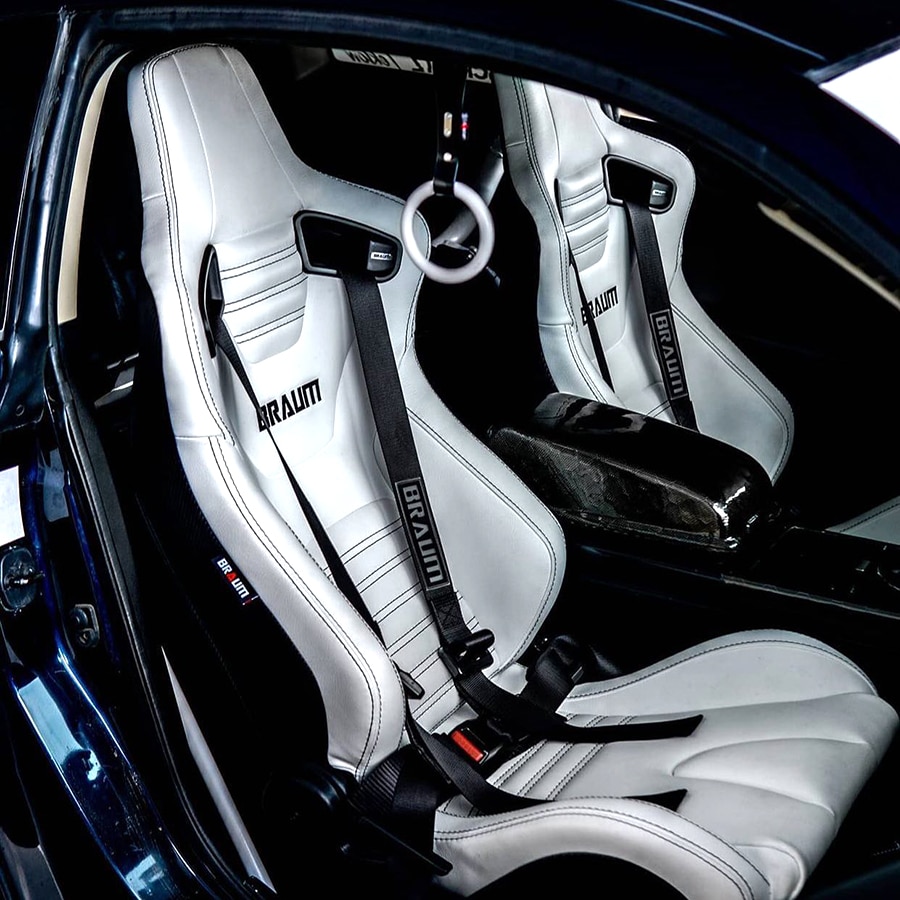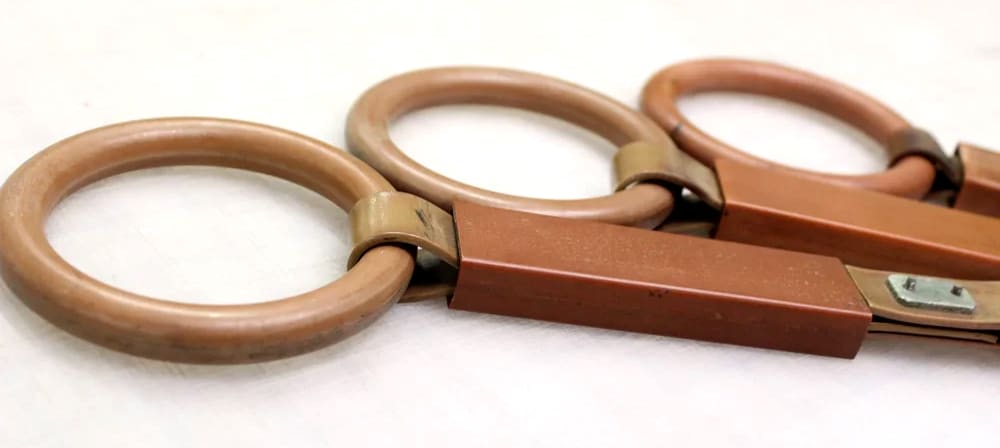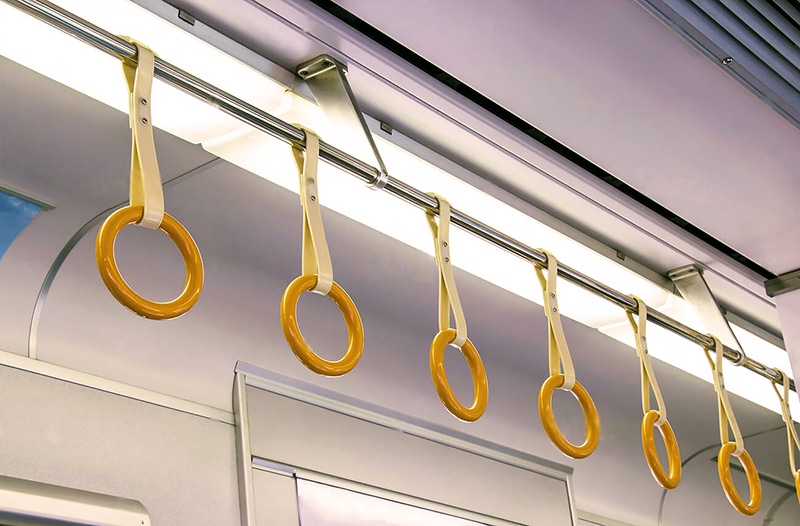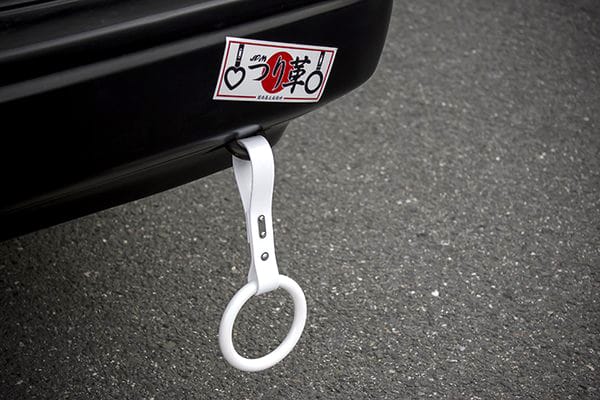Japan has been quite the trendsetter in the world of tuner culture, right from their cars to modifications, aesthetics, manufacturing disciplines, and design choices.
One such trend that caught on and spread across the world is the use of tsurikawa rings. And like every other trend started by the Japanese automotive community, this one has an interesting story behind it.
What started out as a statement of rebellion has morphed into a fashion accessory that may or may not add to the functionality of your car’s interior. Read on as we take a closer look at the meaning of Tsurikawa rings and what they symbolize.
Tsurikawa Meaning

“Tsurikawa” is a combination of the words “tsuri” (吊), which stands for “hang” and “kawa” (革) which means “leather”. It’s used to describe the overhead grab handles used in Japanese mass transit systems.
Words such as “tsuriwa” (ring) and “tsurite” (hand) are also commonly used, although in a more technical context. The purpose of these circular rings was to make it easier for standing passengers to keep their balance.
In the early days of Japanese transportation, these handles used to be coated with leather, which explains the origin of this word.

Eventually, leather was replaced with cheaper, more practical materials such as 2-ply PVC or polyvinyl chloride. That said, the leather ones are still the most sought-after; the older the better.
Despite the name’s literal association with the word “ring”, tsurikawas are made in several different shapes, sizes, and colors — especially those made for novelty or as a car interior accessory.
Since we’re on the subject of novelty, what’s the big deal about these rings? Why are so many people installing them in their cars? Turns out there’s a bit of history behind how they connect to JDM car culture.
Tsurikawa Handle: History
If you’ve read our guide on Bosozuku biker gangs, you’ll know that young Japanese gangsters took anti-establishment statements quite seriously back in the 80s.
So to demonstrate rebellion, early Bosozoku gangs began stealing these safety handles from trains and installing them in their cars.

Some would mount them on the rear tow hook, especially when lowered on air suspension or coilovers, making it easier to drag them along and show off the low ride height.
Others would use them to hold on to while drifting on the local touge or while hanging out of the car window, possibly to flip off the nearest police officer.
This was about as functional as these handles got; other than that, they were nothing more than a bureaucratic equivalent of “up yours”.

Nowadays, getting your hands on one of these is very easy and doesn’t involve stealing, making them a bit pointless on the anti-authority front, but it doesn’t really matter anymore. They’re just trendy, decorative accessories.
Should You Buy One?
Like many other JDM trends, this one caught on quite well. Now you can spot these rings quite easily at car meets, even on FWD cars, which is odd because tsurikawas are a part of drifting culture. But hey, you do you.
If truck nuts can be an acceptable accessory, you should have no problem flaunting a heart-shaped tsurikawa ring in your Ford Fiesta.

Other Japanese styles such as Onikiyan (demon camber) and Stance get a lot of love despite their impracticality and polarizing aesthetic.
So should you buy one? Absolutely! Trends will always be gatekept, but the fun part about modifying your car is expressing your style and doing what you want.
What do you think about tsurikawa rings? Would you install one in your car? Let us know by leaving a comment below!
If you enjoyed reading this post, consider sharing it with your friends online. We appreciate your support!

